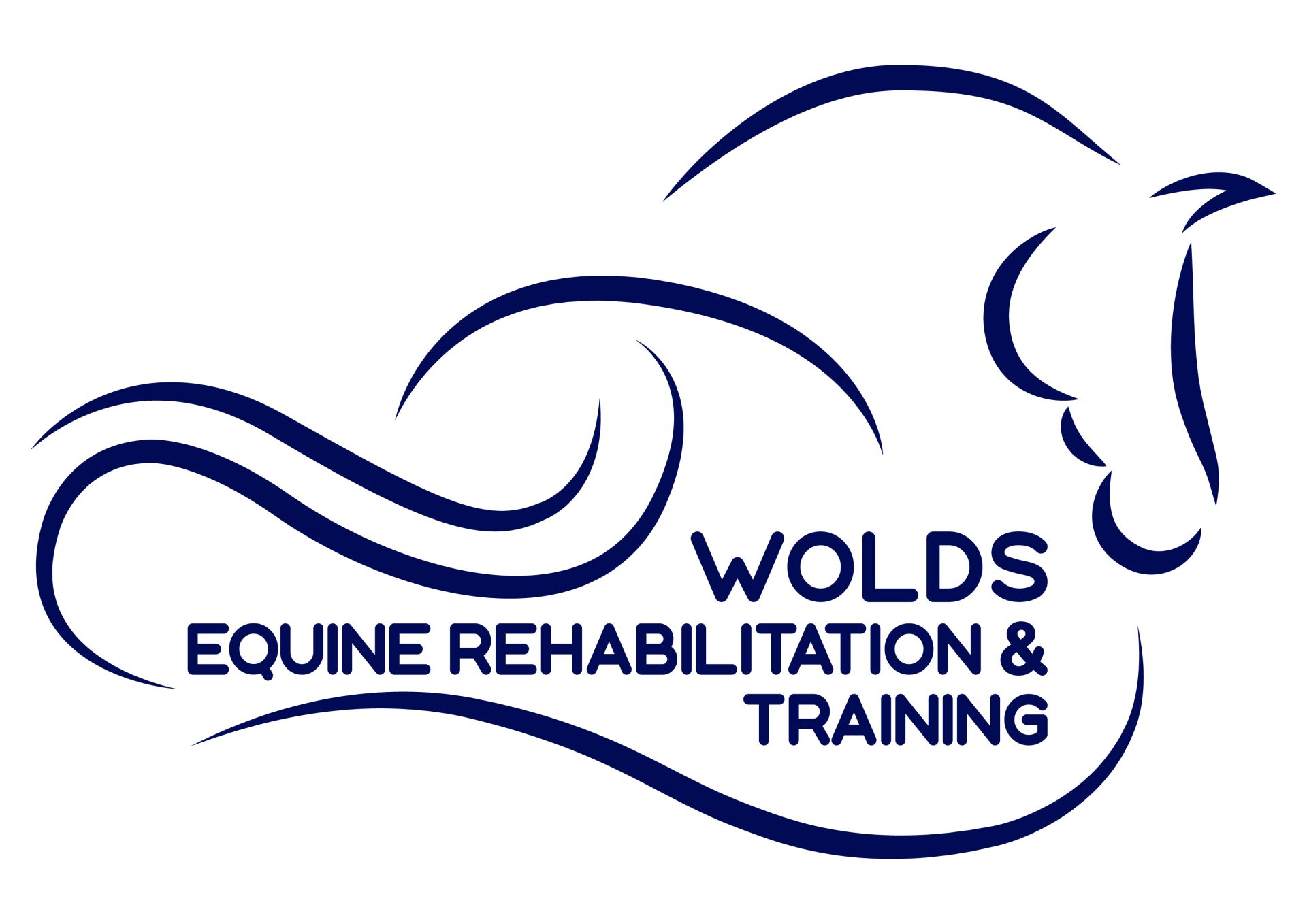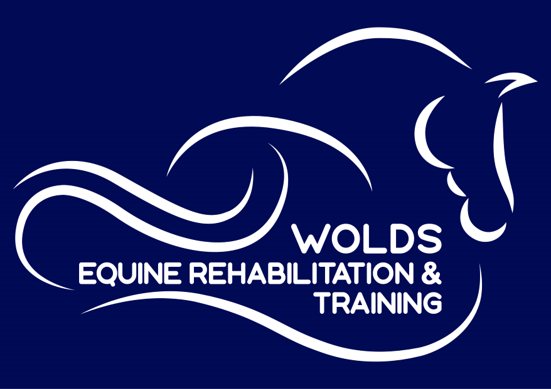1️⃣ Warm-Up Strokes to Prepare the Muscle
Warm-up strokes, like long, gliding movements, help increase blood flow and warm up the tissue. For the latissimus dorsi, this is really important because it’s such a large muscle, and we need to “wake it up” gently. This prepares it for deeper work by relaxing the superficial layers and getting circulation going. Essentially, we’re inviting the muscle to relax rather than shocking it with sudden, intense pressure. You can use the flat of your hands increasing the pressure as the horse allows as you glide over the tissue to warm up. You can go back and forth (deeper with the coat) several times to really prepare the area. You can work along the back with this either side of the spine and work along the full length of where we sit as riders. Then move down with these strokes to concentrate on the area where my hands are in the image.
2️⃣ Compression to Release Tension
Once the muscle is warmed up and more pliable, compression techniques allow us to dig a bit deeper into the muscle fibres. With compression, we’re applying sustained pressure to target and release any tight spots or knots.
This helps release toxins that build up in the muscle tissue due to stress or overuse. The latissimus dorsi often holds tension because it’s involved in so many of the horse’s movements, from flexing to extending its back and shoulders. When using compression you can hold the palm of your hand flat and stationary for anywhere up to 2 minutes depending on how the horse responds. You can increase the pressure just taking note that your horse is happy and comfortable. The key area for this is exactly where my hands are in the image shown.
3️⃣ Promoting Muscle Health and Toxin Release
When we alternate between these techniques, we’re essentially giving the latissimus dorsi a reset. The warming strokes flush fresh blood and nutrients into the area, while compression squeezes out built-up waste products like lactic acid.
This combination is excellent for releasing tension and improving overall muscle health. It’s like giving the muscle a good workout and a refreshing cool-down all in one. We tend to advise closing this area with similar strokes to how you warmed up with similar glides but now acting as "drainage strokes".
By following this sequence, we respect the horse’s comfort while ensuring we’re deeply addressing the underlying tension. It’s a balanced and thoughtful approach that keeps the horse feeling good and moving well!
If you are interested in learning more on a monthly basis, why not click the button below and subscribe to the Horse Owner Massage Course we are offering which gives you an a different topic every month with extensive course material and certificates of completion. Every month we build upon the video tutorials for you with lifetime access to these and no penalty for cancelling at any time.


